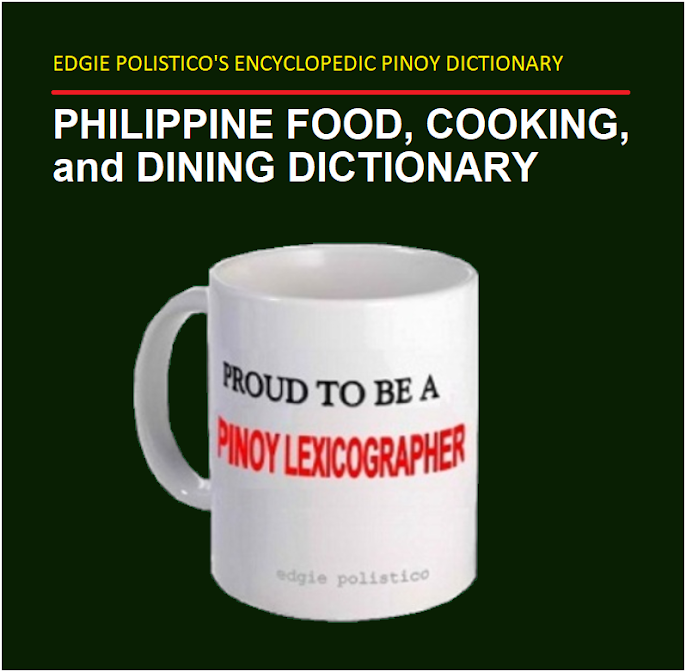danggit bulad – /dáng-git bu-làd/ Cebuano dried fish) [n.] dried rabbitfish \sundried butterflied rabbitfish.
To make a dried danggit, the rabbitfish is first butterflied by making a deep incision cut into the back of the head and running the cuts towards the dorsal side (upper back), and continuing to cut the flesh open towards the caudal fin (tail) and deep across towards the anal fin side, leaving the abdomen side (pelvic and pectoral) uncut and remain attached to serve as the hinged of the butterflied body of the fish.
The process of butterflying a fish is called pakas in Cebuano, and the butterflied fish is called pinakas.
When butterflied and split-opened, the fish is gutted and the fillet is washed clean, soaked in briny water, drained, and then sun-dried or air-dried under the heat of the sun until the fish is parched, stiff, and very dry. Drying a fish is among the ancient method of preserving a catch.
The shelf life of dried danggit will last for several months or up to a year if the dried fish is stored and kept away from moisture.
Dried danggit is commonly cooked by pan frying on medium heat or by grilling or broiling shortly on hot embers as it would easily get burned. It is crisp and crunchy like chicharon when cooked and best served with spiced vinegar as a dip on the side, and lots of steaming freshly cooked rice and a cup of coffee.
%2B-%2BDamortis%2C%2BSanto%2BTomas%2C%2BPangasinan%2B(2).JPG) |
Dried danggit sold in the stalls along the roadside of Damortis, Pangasinan.
All photos by Edgie Polistico are copyrighted. ALL RIGHTS RESERVED.
If you liked this post, share it.
Let us know your opinion on the subject. Feel free to comment in the comment section, below. It is important for us to know what you think.
Tell us what other topics you would like us to write, share, and discuss.
For more about Filipino food, see this Philippine Food, Cooking, and Dining Dictionary. It is OPEN and FREE.
Continue to follow my blogs. You can also follow and learn more by joining us in our Facebook group. Have more bits and pieces about our kind of food, ingredients, and ways of cooking, dining, and knowing food culture across the 7,641 islands of the Philippines.
Encouragement and enthusiasm are not enough. I also need moral support, prayers, and anything else that can uplift my spirit and keep my good reasons. Keep them coming. All I know is that I am happy with what I am sharing and giving away. If you are pleased and happy with what I am doing, just smile and please share the happiness. Keep sharing and include to share the PHILIPPINE FOOD ILLUSTRATED. I feel energized when my blog becomes one of the reasons why you are happy and smiling.
Edgie Polistico
%2B-%2BDamortis%2C%2BSanto%2BTomas%2C%2BPangasinan%2B(3).jpg)
%2B-%2BDamortis%2C%2BSanto%2BTomas%2C%2BPangasinan%2B(1).JPG)





